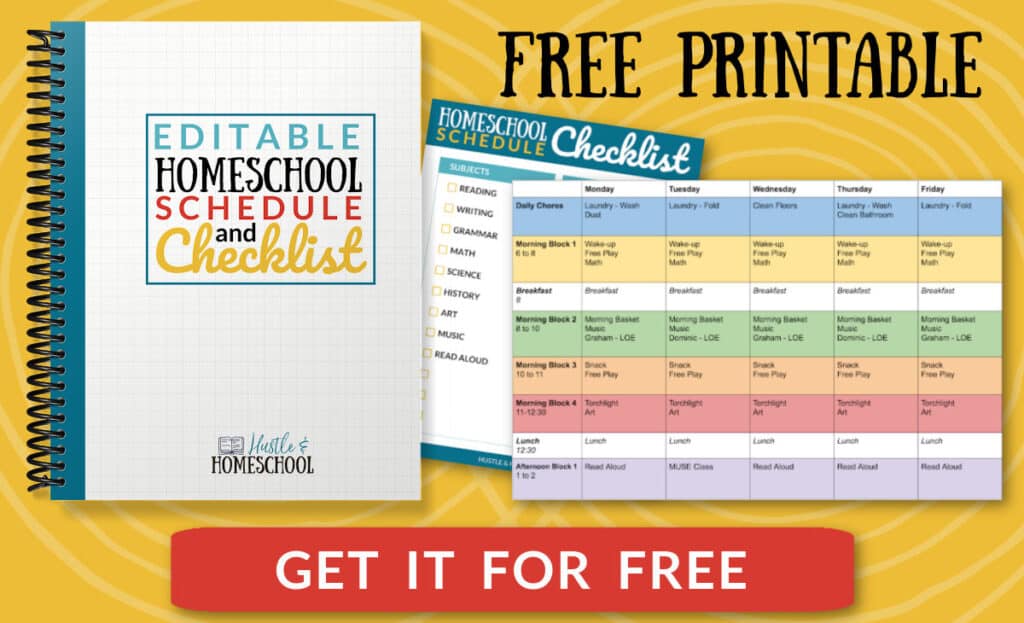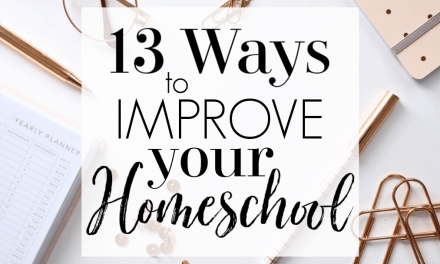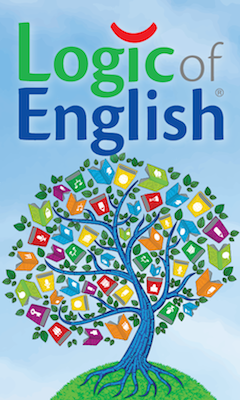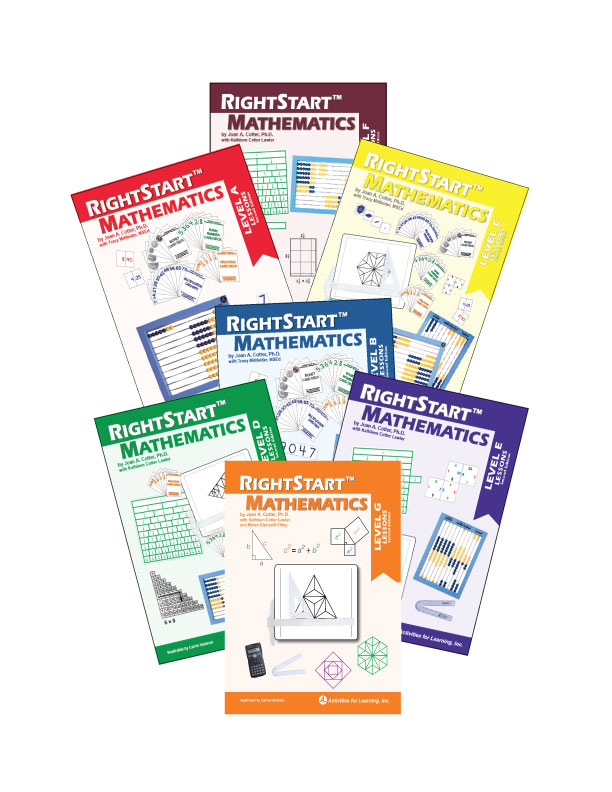The Beginner’s Guide to Homeschooling
Homeschooling can be an amazing experience for everyone involved; one where children learn at their own pace and parents feel more satisfied with their role in education. Starting homeschooling can be a daunting task for moms. But it doesn’t have to be! I’ve compiled 6 steps to start homeschooling that will help guide your decision-making process and make your start to homeschooling as smooth as possible.
Step 1: Find Local Homeschool Laws
Homeschooling is governed by state law, but how it’s implemented in each state can vary. Some states require extensive reporting; some have no laws at all! Before you start homeschooling, you must know what your responsibilities are and how to comply with local laws.
First, do some research on how your state treats homeschooling. Your State’s Department of Education website is the official source for how a state handles homeschooling. The best way to find this information is to Google: “_____ state homeschool laws”. Then click on your government website to see the laws that apply to your family.
If your kids have been enrolled in a public or private school, you will probably have to withdraw them. In most states you will need to register as a homeschooler with your local school district or an umbrella school.
Make sure you know what reporting you will need to do if any. Some states require you to track attendance and report it at the end of the semester or year. Others require homeschoolers to keep a portfolio to show their child’s learning throughout the year.
Once you know what is required of you as a homeschooling parent, you can move on to the fun part!
Step 2: Set Your Intentions for Homeschooling
The next you need to do is set your intentions as a homeschooling parent. This can be a tough step because there are so many choices for how to approach homeschooling. Ask yourself a few questions:
- What do you want from homeschooling?
- How do you want your family life to look day to day?
- What goals do you have for your kids?
- What goals do they have for themselves?
The answers to these questions will help you develop an educational philosophy that fits your family.
You’ll find many different education philosophies in the homeschool community. You’ll meet people who follow a specific style like Charlotte Mason, Waldorf, Montessori, unschooling, or a school-at-home approach. Others pick and choose what they like from many different philosophies and take a more eclectic approach to homeschooling.
In the beginning of my homeschooling journey, I did all kinds of research on popular education philosophies. I tried out a few, but in the end, we’ve settled on an eclectic approach.
My goals for homeschooling are that my kids get a well-rounded education, develop their interests and talents, and become lifelong learners. As a parent, I want to stay involved in my kids’ learning process while making this journey as fun and as easy as possible for us all.
Take some time to consider why you want to homeschool and what you hope to achieve through homeschooling your kids.
Step 3: Choose Homeschool Curriculum
Once you know what kind of educational philosophy you want to follow, you are ready to pick out curriculum! This can be intimidating. There are so many curricula available how do you know which one is right for you and your family?
First, start by thinking about how your kids learn best. Then narrow it down by how YOU want to teach. Do you want to use textbooks, workbooks, and tests, or do you prefer a more hands-on approach? Finally, think about how much time and money you want to invest in your curriculum. Do you want curriculum that is teacher-intensive or something your kids can work through independently?
Think through these things as you research various curricula.
As I was researching how and what to use for our homeschool, I did a lot of reading reviews from other homeschoolers. These were helpful because they listed the pros, cons, and how it worked for their family.
I’ve collected lists of the best homeschool curriculum by subject and my recommendations for different grades, plus reviews on all the curriculum we have used.
Homeschool Curriculum by Subject:
- Language Arts Curriculum
- Math Curriculum
- Science Curriculum
- History Curriculum
- Civics Resources
- Nature Study Resources
Homeschool Curriculum by Grade:
- Preschool Curriculum
- Kindergarten Curriculum
- 1st Grade Curriculum
- 2nd Grade Curriculum
- 3rd Grade Curriculum
After you’ve chosen the materials you will be using, creating a schedule or routine is your next task.
Step 4: Create a Homeschool Schedule or Routine
Creating family schedules or routines is the key to keeping your homeschool organized and on track. One of the biggest stressors new homeschoolers face is how to fit homeschooling in among all the other activities that fill their day.
Schedules do not need to be strict or limiting. They are a guideline that help you stay on track and plan how you will fit homeschooling into your family’s routine while also allowing you to ensure everyone has time to pursue their individual interests and talents.
For a detailed guide check out 7 Steps to Create a Personalized Homeschool Schedule.
Then get the Hustle & Homeschool Planner to write down your daily plans!
Click here to see the homeschool schedule that works for my family and education philosophy.

Step 5: Keep Homeschool Records
Some states do require that you keep records or a portfolio of learning for each of your homeschooled children. If so you need to make sure you are following their guidelines on how to do it. However, this is great to do even if your state doesn’t require it.
Keeping track what your kids have learned throughout a school year is so satisfying to look back on! You’ll feel accomplished and so will your kids.
I highly recommend creating a simple portfolio or record binder for each child that includes:
- Attendance Records
- Samples of their work
- A list of books read (older kids could also include a review for each book)
- Quizzes or tests taken throughout the year (if you do them)
- A final exam sample for any courses that have one
- Completion certificates for curriculum they finished
These records help you keep track how your child is doing and how you are spending your homeschool hours. If a portfolio doesn’t work for your family, try keeping a simple notebook or planner with how you spent your school hours and how your kids learned each day.
Step 6: Find a Homeschool Community
Homeschooling can be isolating if you aren’t intentional about creating or joining a homeschool community. Homeschoolers are notoriously friendly people who love to support each other. Finding a community of homeschoolers in your area can be invaluable when you first start out and throughout your time homeschooling.
Tips for finding a homeschool community
- Search on Facebook for local homeschool groups (search “[your city] homeschool”)
- Google the term “homeschool support groups in [your city]”
- Google the term “homeschool co-ops in [your city]”
- Ask at your local library if they know of local homeschool resources or groups
Sign-up for Classes or Extracurricular Activities
Ask your kids what kinds of activities they would like to start doing. Then sign them up for what your budget will allow. These classes are a great way for them to make friends and develop their interests.
- Co-ops
- Sports
- Art Classes
- Music Lessons
- STEM Classes
It’s so important that you and your kids have a community around you. It will enrich your life and lead to wonderful friendships.
Now You Know How to Start Homeschooling
There are many ways to homeschool but one thing is for certain: it’s not easy. Homeschooling requires dedication and hard work on your part, as well as from the kids. The key points we discussed in this article were the importance of knowing your local laws, setting intentions, choosing curriculum, creating a schedule or routine, keeping records, and finding a community when starting your journey into homeschool life! If any of these sound daunting don’t be afraid to reach out–we’re here to support you every step of the way through our resources and website.
How to Start Homeschooling for Beginners



















